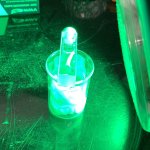
News • COVID and E. coli
Futuristic coating for fabrics kills viruses
Researchers have developed an inexpensive, non-toxic coating for almost any fabric that decreases the infectivity of the virus that causes COVID-19 by up to 90 per cent.

Researchers have developed an inexpensive, non-toxic coating for almost any fabric that decreases the infectivity of the virus that causes COVID-19 by up to 90 per cent.
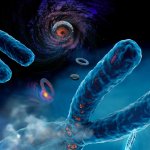
Researchers have identified a previously unrecognized key player in cancer evolution: clusters of mutations occurring at certain regions of the genome.
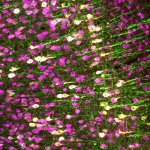
Researchers pinpoint a sound-sensitive mammalian protein that lets them activate brain, heart or other cells with ultrasound.
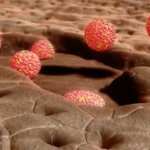
Researchers from Tokyo Medical and Dental University (TMDU) develop a protocol to transplant 3D cellular structures that could regenerate damaged intestine.
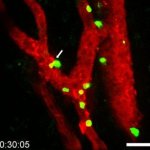
French researchers have found a way to facilitate access to tumours for killer lymphocytes, paving the way for more efficient immunotherapies against cancer.

Engineers at MIT have developed a kind of surgical duct tape — a strong, flexible, and biocompatible sticky patch that can be applied to biological tissues and organs to help seal tears and wounds.
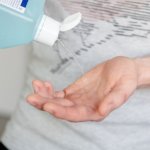
Scientists have investigated the effectiveness of various common hand disinfectants against hepatitis E. They were able to show that most formulations do not completely inactivate the virus.
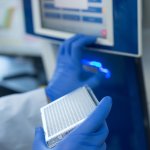
RNA has already been making an impact in the context of the vaccine program, but the potential of RNA-based compounds is far from being fully tapped, as RNA allows for entirely new therapeutic approaches.

Researchers from Israel have developed a technology that rectifies the effects of underrepresentation of women in clinical trials using machine learning models.

There has to date been no reliable objective method of diagnosing tinnitus. Now, Swedisch researchers may have found a way to measure changes in the brain associated with constant tinnitus.
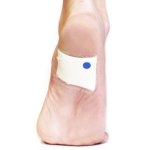
Scientists at Queen’s University Belfast have invented a tiny indicator that changes colour if a patient’s wound shows early signs of infection.
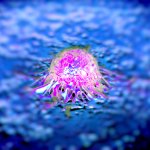
Faulty versions of the BRCA1 and BRCA2 genes are well known to increase the risk of breast and ovarian cancer. Now, they have been linked to several other cancers, including those that affect men.
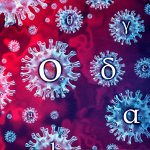
Professor Richard Neher from the Biozentrum of the University of Basel is using his Nextstrain platform to investigate which variants of the SARS-CoV-2 virus are currently circulating worldwide.
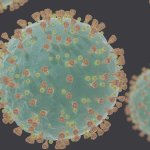
A new study shows that the SARS-CoV-2 Omicron variant is less effective than Delta at blocking a cellular defence mechanism against viruses, the so-called 'interferon response'.
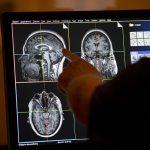
Cleveland Clinic has launched a landmark study to better understand why millions of people around the world suffer from brain diseases, with the goal of pinpointing disease biomarkers early, well before clinical symptoms present themselves.
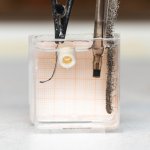
Researchers have developed a combination of materials that can morph into various shapes before hardening. The material is initially soft, but later hardens through a bone development process that uses the same materials found in the skeleton.
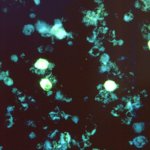
A connection between the Epstein-Barr virus and multiple sclerosis has long been suspected. A new study provides ‘compelling evidence of causality’.
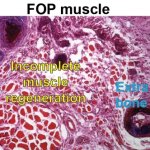
A mutation in the gene that causes fibrodysplasia ossificans progressiva (FOP) doesn’t just cause extra bone growth but is tied to a problem in generating new muscle tissue after injury.
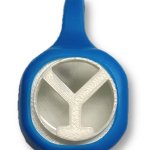
A passive air sampler clip can help assess personal exposure to SARS-CoV-2, which could be especially helpful for workers in high-risk settings.
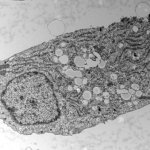
Scientists have found that fat can help the pancreas adapt to excess sugar, thereby slowing the onset of diabetes.

The COVID-19 pandemic has led to deficiencies and large inequalities in the care of mothers and newborns in Europe.
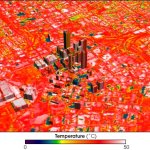
Rising temperatures due to climate change will lead to an increase in cases of kidney stones over the next seven decades, even if measures are put in place to reduce greenhouse gas emissions.
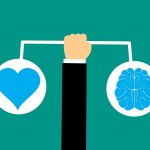
New study results show that though men are more likely to have heart conditions, the impact on their memory and thinking skills is lower.
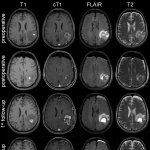
New research has pinpointed ethnicity as a potential factor in brain tumour survival. A UK study showed that white British people who have been diagnosed with a malignant primary brain tumour appear to have an increased one-year mortality than patients from at least four other ethnic groups.

A type of the antibiotic resistant superbug MRSA arose in nature long before the use of antibiotics in humans and livestock, which has traditionally been blamed for its emergence.